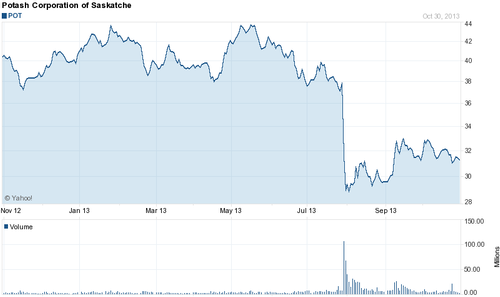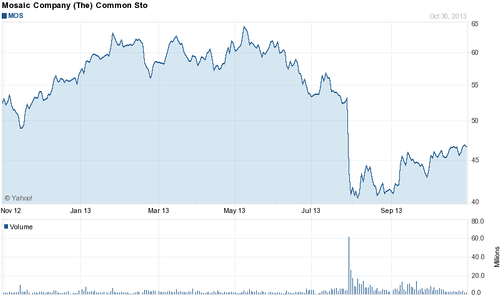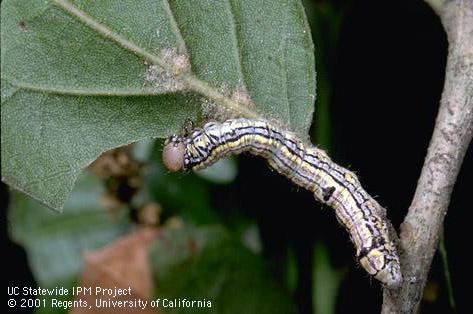Posts Tagged: caneberries
A Word About these Cold Temperatures and our Berries
As we look to be in for some freezing temperatures for the next couple of days on the Central Coast, it is a good time to review what sort of frost protection would be necessary for our berry crops.
The real key right now is that pretty well our entire berry crop is free of flowers, which would be the plant organ most susceptible to freezing and subsequent loss. With some exceptions, raspberries and blackberries have dropped their leaves and are growing very little, if at all. With strawberries, there might be some concerns about newly emerged leaves experiencing some frost damage, but the temperatures being discussed right now being in the low 20’s, I just don’t see there being any freeze damage to the crown and subsequently damaging the plant for the long term.
Be that as it may, it is still good to know what to do if the concern does arise about a frost causing damage to a berry crop. I had a great discussion with my colleague Steve Tjosvold at the office this morning, and really the best option is to load the bed with water during the day by irrigating it (drip is fine), allowing the bed to accumulate heat which will then be radiated out of the moistened soil during the night, keeping the immediate environment around the plants warmer than the ambient freezing temperatures.
For fuller, in depth discussion, see the excellent summary attached below:
Will the Breakup of the Potash Cartel from the former Soviet Union Affect Berry Cost of Production?
This past July the Russian potash producer OAO Uralkali threw the global potash market for a loop by halting its long running cooperation in what was essentially a cartel with the Belorusian owned producer Belaruskali, enabling it to now produce potash flat out and very likely gain a lot of market share. Not incidentally this move has landed the CEO of Uralkali in house arrest for abuse of power and embezzlement. Whatever the case may be, this decision has turned an oligopoly for potassium supply into a much freer market, and has consequently sent potash prices plummeting, crushing the shares of several listed American potash distributors in the process (Graphic 1 and 2 below).
In numbers, Uralkali plans on increasing production of potash from 10.5 million pounds this year to 13 million next year, out of a total global market of some 50 million pounds per year. According to Bloomberg, this separation of the two companies should bring the price of potash from above $400 a ton before July, 2013 to approximately $300 a ton.
What does this mean for local berry producers? Probably not a lot. First, potassium is a tiny proportion of berry cost of production of the already small cost of fertility at under 2% of the total. Second, if my experience and lots of soil and tissue samples serve me right, there is not much necessity for adding much more potassium to many of our soils! After decades of potassium fertilizer additions, this non-mobile nutrient has built up to astonishing levels in many of our fields (adequacy of K in soil in usually thought of being 200-300 ppm and in leaf tissue above 1.3% during the harvest season), meaning in most cases that required additions are quite small.
Contrast this with the case of the Central Valley for producers of heavy potassium feeding crops such as almonds for example. Scanning the Cost of Production studies for almonds, we find that annual potassium fertilizer use resides north of 5% of total costs of production, not to mention that the “potassium gravy train is coming to an end” for many other crops of the San Joaquin Valley in the words of Dr. Tim Hartz of UC Davis, with the decades long draw down of what were formerly potassium rich soils. Might be a good time for these growers to start loading that potassium back up again while prices are down.

Shares of Potash Corporation pounded in late July after the break up of the Belorussian potash cartel - what does it mean for local berry producers?

Shares of the Mosaic Company down heavily in late July after the break up of the Belorussian potash cartel - maybe a good time to bring K deficient soils back to par.
Finding California Oakworm Moth in Local Berry Fields
Just a real quick note here. Got a useful inquiry yesterday regarding the presence of the moth depicted below in a local berry field.
The moth in question is California oakworm, Phyrganidia californica, the larvae of which feed strictly on oaks. It is harmless to berries. It does seem though this year we have an exceptionally large number of them around and you may be finding them flying around the field or resting on plants, especially if your field is next to oaks.
Additionally, the California oakworm larva (depicted in picture # 2 below), although it would be rare to find one in a berry field, looks nothing like light brown apple moth or any other pestiferous larvae we would commonly expect in caneberries or strawberries.

California oakworm adult moths. These are harmless to berries.

California oakworm larva.

